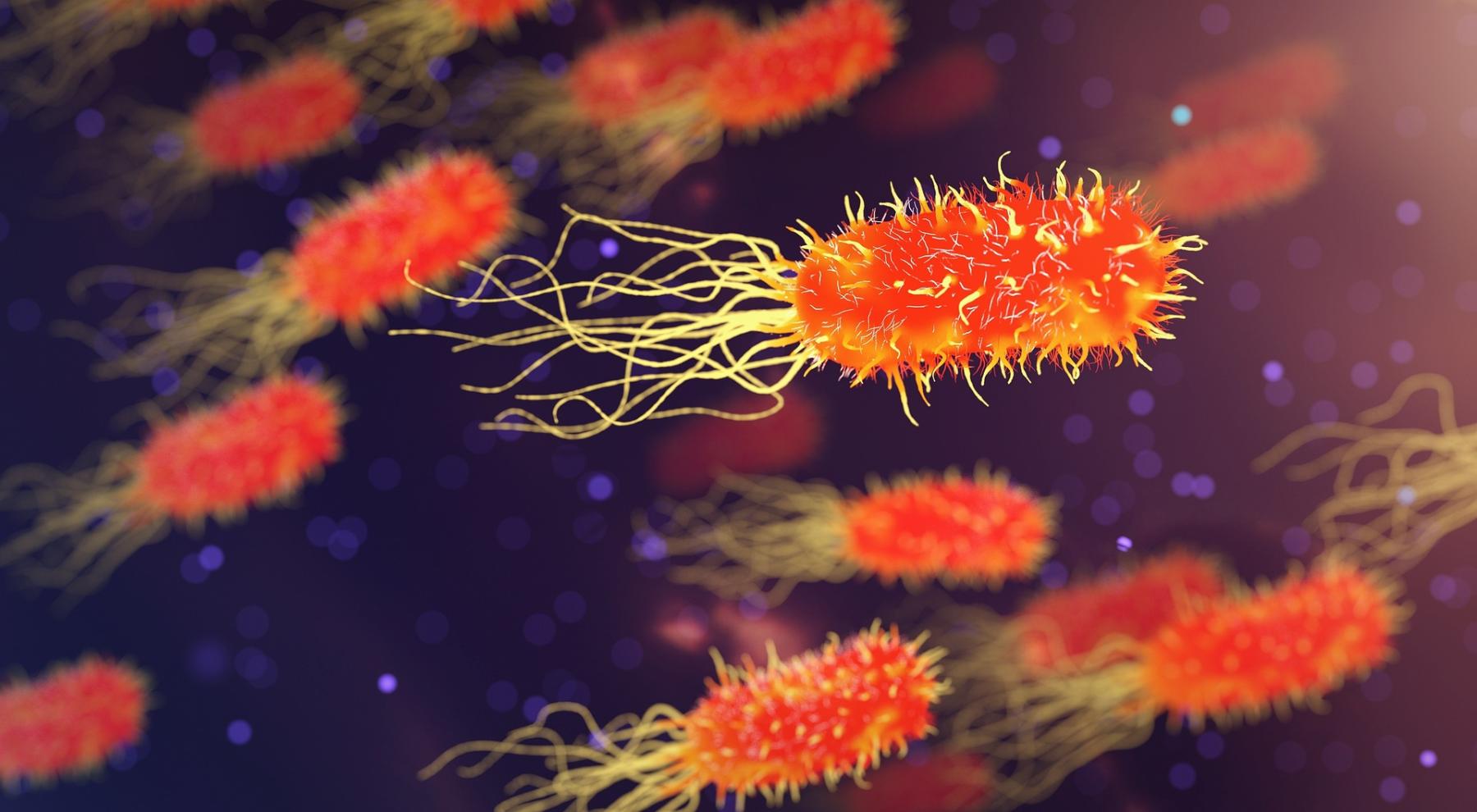
Microbial Serial Dilutions
by Cynthia Bujanda
This lesson is part of a project to isolate bacteria from soil and test it for antibiotic activity. This can be the start of the project or you can do lesson 1 soil microbes first. Though you do have to do this step before proceeding with the other lessons. This project is a real research experience for students and can be modified so students ask their own questions (example: change the type of soil). This lesson is based on the Tiny Earth project. Duration is of three days and students work in groups. Teacher prep can be up to 4 hours in sterilizing equipment and materials for students.
Lesson Plan Link/URL
https://docs.google.com/presentation/d/123Ou8uv65brBuXuRS0x8R6jutQIZzXpE/edit?u…Subject Area
Science Life Science L1: Cells Technology Mathematics Operations and Algebraic Thinking (OA)
Featured
Off
Related Content

Grades:
7th Grade, 8th Grade, 9th Grade, 10th Grade, 11th Grade, 12th Grade
Students will apply principles of design, engineering, and mathematics to create a physical or digital labyrinth inspired by the myth of Theseus. This project integrates STEM concepts with literature

Grades:
9th Grade, 10th Grade
Students use microscopes to find cells in the different stages of the cell cycle.

Grades:
9th Grade, 10th Grade, 11th Grade, 12th Grade
This is a 6 week lesson plan for high school students designed to measure and then increase the bat population in the field behind our school. This can be used in any area where bats populate, as long